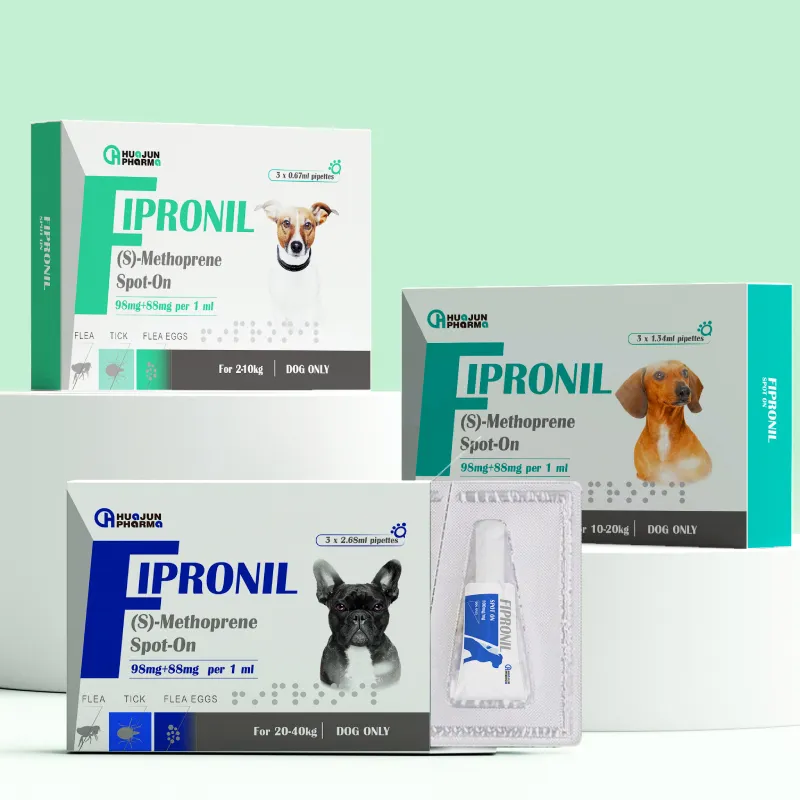
Aug . 17, 2024 00:50 Back to list
Exploring the Impacts of Head-Mouth Disease in Aquatic Species and Its Management Strategies
White Head-Mouth Disease Understanding a Growing Concern in Aquaculture
White head-mouth disease (WHMD) is an emerging and significant threat to aquaculture, primarily affecting various fish species. Characterized by distinct lesions around the mouth and head region, this condition poses serious risks not only to the health of fish but also to the economic sustainability of fisheries. Understanding WHMD involves exploring its symptoms, causes, transmission, and potential preventive measures.
Symptoms and Diagnosis
Fish suffering from white head-mouth disease exhibit noticeable physical symptoms. These include white or gray lesions around the mouth and gill areas, which can progress to necrosis and tissue loss if not treated promptly. Affected fish often display behaviors such as lethargy, reduced feeding, and isolation from the school, signaling distress. Diagnosing WHMD typically requires a combination of clinical observation and laboratory testing, including histopathological examinations to confirm the presence of specific pathogens.
Causes and Pathogens
The causative agents of WHMD have been linked to several infectious organisms, both viral and bacterial in nature. Among the primary culprits are pathogenic strains of *Aeromonas* and *Vibrio* species, which flourish in stressed aquatic environments. Environmental factors, such as poor water quality, overcrowding, and elevated temperatures, exacerbate the likelihood of outbreaks. Fish that are already weakened due to stressors are particularly susceptible to infection, making the understanding of farm management practices essential for preventing WHMD.
Transmission
White head-mouth disease is primarily transmitted through direct contact among fish populations, but it can also spread through contaminated water and equipment. The disease's affinity for stressed fish emphasizes the importance of maintaining optimal living conditions to mitigate the risk of transmission. Controlling biosecurity measures, such as quarantining new arrivals and sanitizing equipment, can significantly reduce the potential for outbreaks.
white head-mouth disease

Impact on Aquaculture
The impact of WHMD on aquaculture can be profound. In addition to the health implications for affected fish populations, significant economic losses can occur due to increased mortality rates, reduced growth rates, and the costs associated with treatments and management practices. For communities reliant on fish farming for their livelihoods, the ripple effects of WHMD can threaten food security and local economies.
Prevention and Management
Effective management and prevention strategies are crucial for combating white head-mouth disease. Implementing best practices in aquaculture, such as maintaining water quality, practicing proper stocking densities, and ensuring the nutritional health of fish, can enhance resilience against this disease. Vaccination and the use of probiotics are being explored as potential tools for bolstering fish immunity and preventing infection.
Regular health monitoring and surveillance programs are also essential for early detection and response to WHMD. Education and training for aquaculture personnel can increase awareness and instill best practices for disease management. Collaboration with veterinary services and research institutions can foster the development of effective diagnostic tools and treatment options.
Conclusion
As white head-mouth disease continues to emerge as a concern in aquaculture, understanding its characteristics, transmission, and prevention strategies is critical for the sustainability of fish farming practices. By prioritizing fish health and adopting comprehensive management strategies, aquaculture stakeholders can mitigate the risks posed by WHMD, safeguarding both aquatic biodiversity and the livelihoods that depend on these vital resources. Continued research, education, and community engagement will be essential for addressing this pressing challenge in the aquaculture industry.
-
Quality Bacillus Coagulans BC30 Factory - Expert Production
NewsAug.02,2025
-
China Salivation AI with GPT-4 Turbo Features
NewsAug.01,2025
-
Epic Sepsis Factories: AI-Driven Detection with GPT-4 Turbo
NewsJul.31,2025
-
Acute Salpingitis and Oophoritis AI Factory
NewsJul.31,2025
-
Premium China Bacillus Subtilis Supplier & Factory Solutions
NewsJul.30,2025
-
Premium Avermectin Supplier in China | Custom Solutions Available
NewsJul.29,2025




